
https://ebookmass.com/product/investing-in-commodities-fordummies-2nd-ed-2nd-edition-amine-bouchentouf/
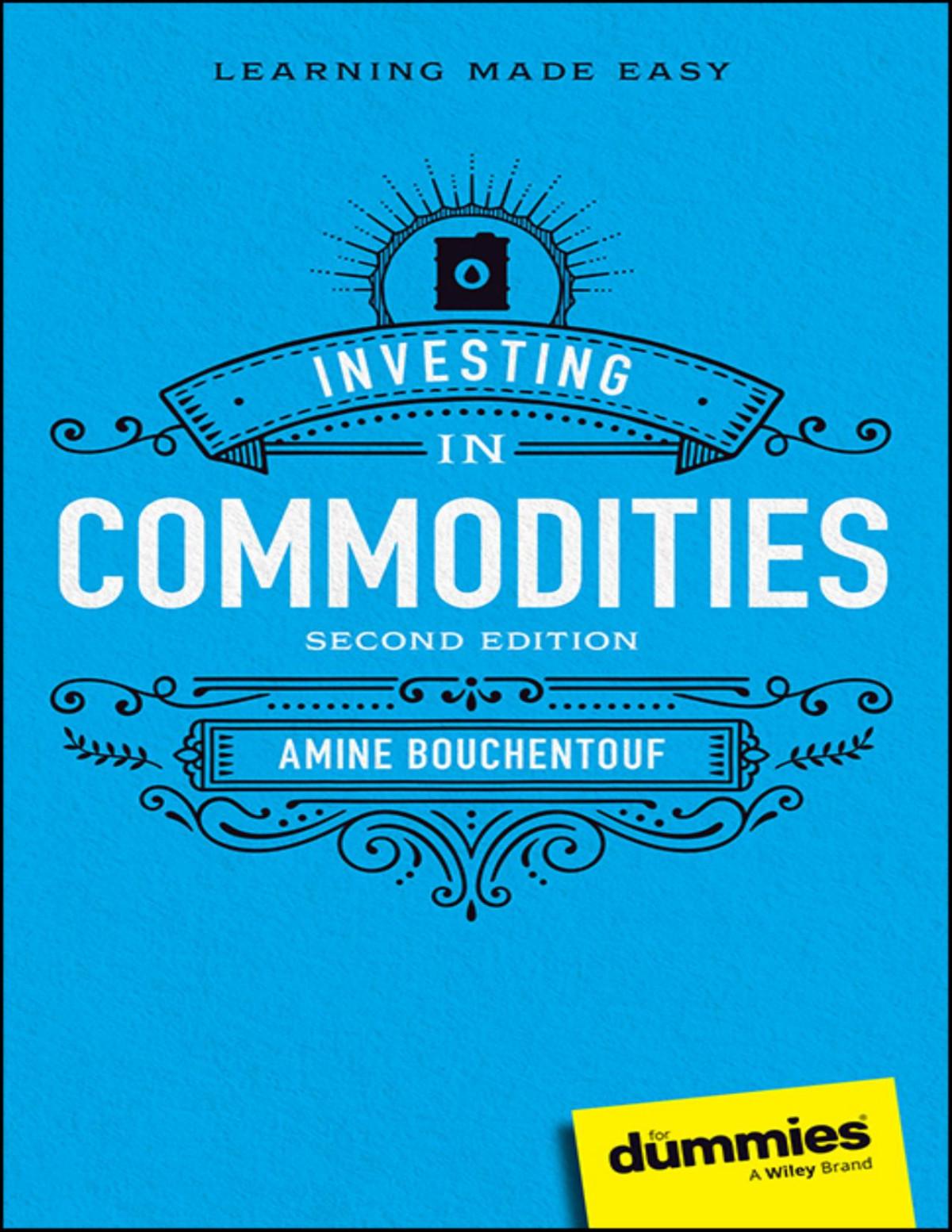
Instant digital products (PDF, ePub, MOBI) ready for you
Download now and discover formats that fit your needs...
Investing In Dividends For Dummies, 2nd Edition Lawrence Carrel
https://ebookmass.com/product/investing-in-dividends-for-dummies-2ndedition-lawrence-carrel/
ebookmass.com
Investing in Bonds For Dummies, 2nd Edition Russell Wild
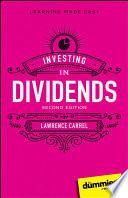
https://ebookmass.com/product/investing-in-bonds-for-dummies-2ndedition-russell-wild/
ebookmass.com
Investing All-in-One For Dummies, 2nd Edition Eric Tyson
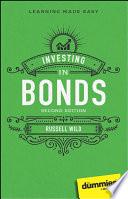
https://ebookmass.com/product/investing-all-in-one-for-dummies-2ndedition-eric-tyson/
ebookmass.com
Your Career: How to Make it Happen (MindTap Course List) 10th Edition Lisa Owens
https://ebookmass.com/product/your-career-how-to-make-it-happenmindtap-course-list-10th-edition-lisa-owens/
ebookmass.com
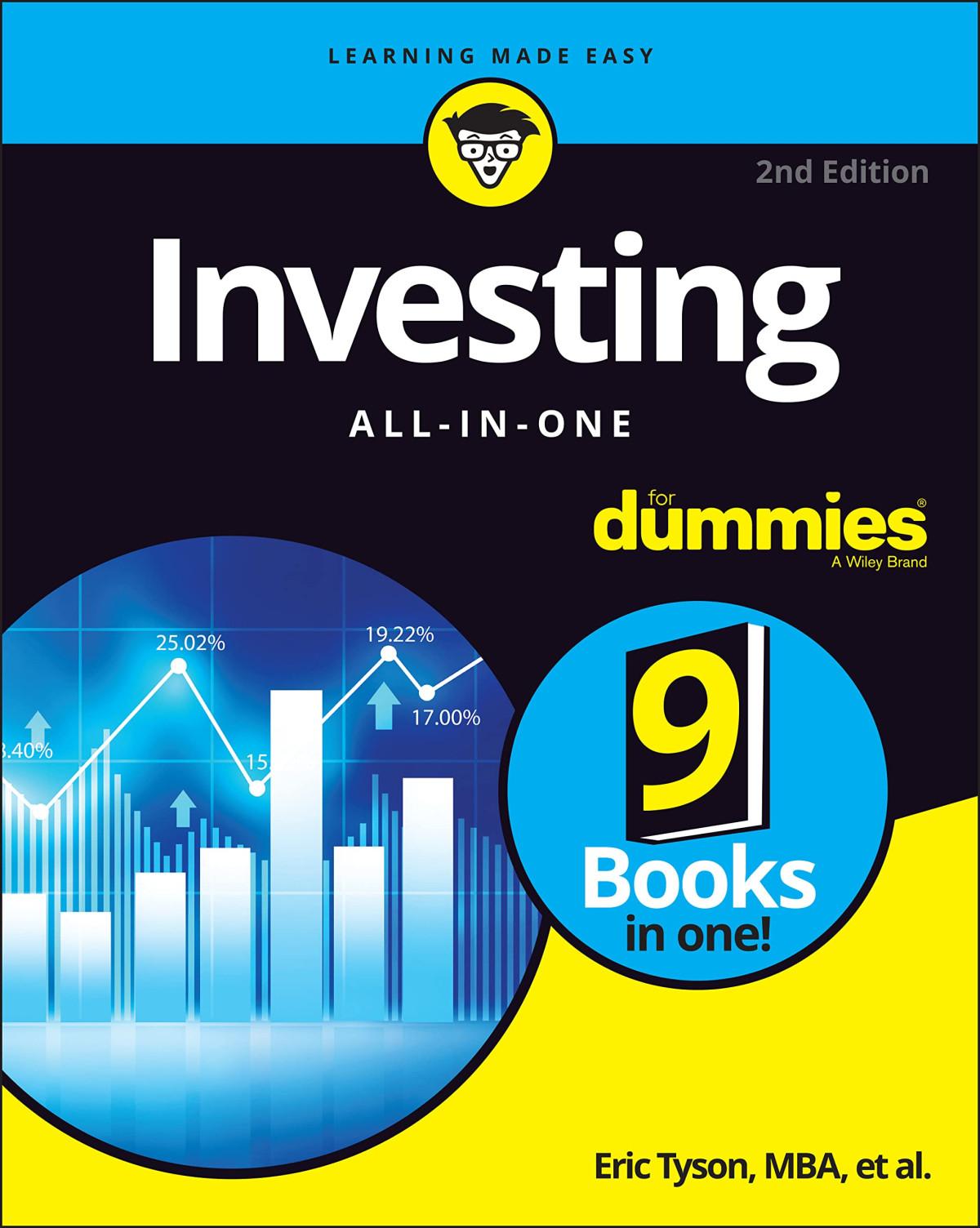
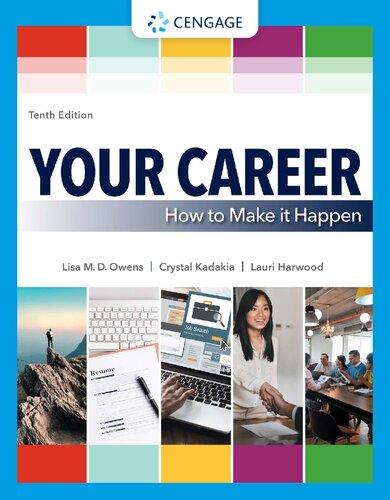
Writing Analytically 8th ed. Edition David
Rosenwasser
https://ebookmass.com/product/writing-analytically-8th-ed-editiondavid-rosenwasser/
ebookmass.com
Henrikk's Prisoner: A Very Spicy Dark MM Vampire Romance
Darcy Fayton
https://ebookmass.com/product/henrikks-prisoner-a-very-spicy-dark-mmvampire-romance-darcy-fayton/
ebookmass.com
Reaction Rate Theory and Rare Events Simulations Baron Peters
https://ebookmass.com/product/reaction-rate-theory-and-rare-eventssimulations-baron-peters/
ebookmass.com
Western Civilization: A Brief History, Volume II: Since 1500 8th Edition, (Ebook PDF)
https://ebookmass.com/product/western-civilization-a-brief-historyvolume-ii-since-1500-8th-edition-ebook-pdf/
ebookmass.com
Aleksandar: Novela de Romance Oscuro y Mafia 1ª Edition
Robyn Hill
https://ebookmass.com/product/aleksandar-novela-de-romance-oscuro-ymafia-1a-edition-robyn-hill/
ebookmass.com
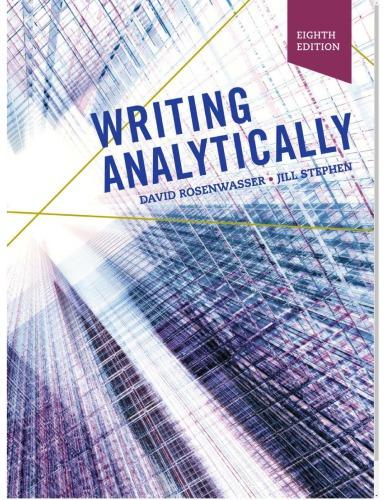


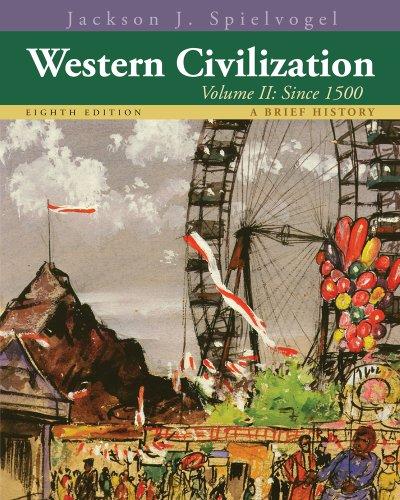

https://ebookmass.com/product/here-for-you-pat-simmons-2/ ebookmass.com

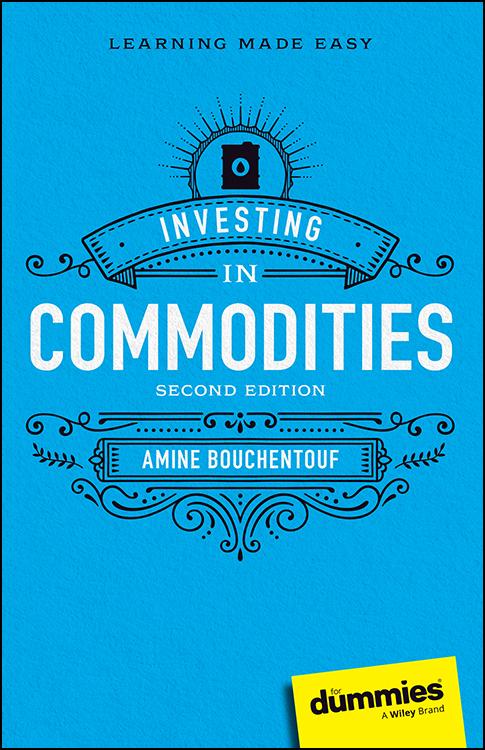

Investing in Commodities For Dummies®, Second Edition
Published by: John Wiley & Sons, Inc., 111 River Street, Hoboken, NJ 07030-5774, www.wiley.com
Copyright © 2023 by John Wiley & Sons, Inc., Hoboken, New Jersey
Published simultaneously in Canada
No part of this publication may be reproduced, stored in a retrieval system or transmitted in any form or by any means, electronic, mechanical, photocopying, recording, scanning or otherwise, except as permitted under Sections 107 or 108 of the 1976 United States
Copyright Act, without the prior written permission of the Publisher. Requests to the Publisher for permission should be addressed to the Permissions Department, John Wiley & Sons, Inc., 111 River Street, Hoboken, NJ 07030, (201) 748-6011, fax (201) 748-6008, or online at http://www.wiley.com/go/permissions.
Trademarks: Wiley, For Dummies, the Dummies Man logo, Dummies.com, Making Everything Easier, and related trade dress are trademarks or registered trademarks of John Wiley & Sons, Inc. and may not be used without written permission. All other trademarks are the property of their respective owners. John Wiley & Sons, Inc. is not associated with any product or vendor mentioned in this book.
LIMIT OF LIABILITY/DISCLAIMER OF WARRANTY: WHILE THE PUBLISHER AND AUTHORS HAVE USED THEIR BEST EFFORTS IN PREPARING THIS WORK, THEY MAKE NO REPRESENTATIONS OR WARRANTIES WITH RESPECT TO THE ACCURACY OR COMPLETENESS OF THE CONTENTS OF THIS WORK AND SPECIFICALLY DISCLAIM ALL WARRANTIES, INCLUDING WITHOUT LIMITATION ANY IMPLIED WARRANTIES OF MERCHANTABILITY OR FITNESS FOR A PARTICULAR PURPOSE. NO WARRANTY MAY BE CREATED OR EXTENDED BY SALES REPRESENTATIVES, WRITTEN SALES MATERIALS OR PROMOTIONAL STATEMENTS FOR THIS WORK. THE FACT THAT AN ORGANIZATION, WEBSITE, OR PRODUCT IS REFERRED TO IN THIS WORK AS A CITATION
AND/OR POTENTIAL SOURCE OF FURTHER INFORMATION DOES NOT MEAN THAT THE PUBLISHER AND AUTHORS ENDORSE THE INFORMATION OR SERVICES THE ORGANIZATION, WEBSITE, OR PRODUCT MAY PROVIDE OR RECOMMENDATIONS IT MAY MAKE. THIS WORK IS SOLD WITH THE UNDERSTANDING THAT THE PUBLISHER IS NOT ENGAGED IN RENDERING PROFESSIONAL SERVICES. THE ADVICE AND STRATEGIES CONTAINED HEREIN MAY NOT BE SUITABLE FOR YOUR SITUATION. YOU SHOULD CONSULT WITH A SPECIALIST WHERE APPROPRIATE. FURTHER, READERS SHOULD BE AWARE THAT WEBSITES LISTED IN THIS WORK MAY HAVE CHANGED OR DISAPPEARED BETWEEN WHEN THIS WORK WAS WRITTEN AND WHEN IT IS READ. NEITHER THE PUBLISHER NOR AUTHORS SHALL BE LIABLE FOR ANY LOSS OF PROFIT OR ANY OTHER COMMERCIAL DAMAGES, INCLUDING BUT NOT LIMITED TO SPECIAL, INCIDENTAL, CONSEQUENTIAL, OR OTHER DAMAGES.
For general information on our other products and services, please contact our Customer Care Department within the U.S. at 877-762-2974, outside the U.S. at 317-572-3993, or fax 317-572-4002. For technical support, please visit https://hub.wiley.com/community/support/dummies.
Wiley publishes in a variety of print and electronic formats and by printon-demand. Some material included with standard print versions of this book may not be included in e-books or in print-on-demand. If this book refers to media such as a CD or DVD that is not included in the version you purchased, you may download this material at http://booksupport.wiley.com. For more information about Wiley products, visit www.wiley.com.
Library of Congress Control Number: 2023941255
ISBN 978-1-394-20104-4 (pbk); ISBN 978-1-394-20105-1 (ebk); ISBN 978-1-394-20106-8 (ebk)
To view this book's Cheat Sheet, simply go to www.dummies.com and search for “Investing in Commodities For Dummies Cheat Sheet” in the Search box.
Table of Contents
Cover Title Page
Copyright Introduction About This Book
Foolish Assumptions
Icons Used in This Book Where to Go from Here
Part 1: Getting Started with Commodities
Chapter 1: Investors, Start Your Engines! The Basics of Commodities
Defining Commodities and Their Investment Characteristics
Going for a Spin: Choosing the Right Investment Vehicle
Checking Out What’s on the Menu
Chapter 2: The Pros and Cons of Commodities Why the 21st Century Is the Century of Commodities
What Makes Commodities Unique
Commodities and the Business Cycle
The Pitfalls of Using Leverage
The Real Risks behind Commodities
Methods for Managing Risk
Part 2: In Power: Making Money in Energy
Chapter 3: It’s a Crude World: Investing in Crude Oil
Seeing the Crude Realities
Going Up the Crude Chain
Making Big Bucks with Big Oil
Chapter 4: What a Gas! Investing in Natural Gas
What’s the Use? Looking at Natural Gas Applications
Liquefied Natural Gas: Getting Liquid Without Getting Wet
Investing in Natural Gas
Chapter 5: Investing in Renewable and Alternative Energy
Getting to Know Renewable Energy
Digging Up Additional Energy Sources
Chapter 6: Investing in Energy Companies
Bull’s-Eye! Profiting from Oil Exploration and Production
Investing in Refineries
Becoming an Oil Shipping Magnate
The New Kids on the Block: EV Transportation Companies
Part 3: Investing in Metals and Agricultural Products
Chapter 7: All That Glitters: Investing in Gold, Silver, and Platinum
Going for the Gold
Investing in Silver
Adding Platinum to Your Investments
Chapter 8: Considering Steel, Aluminum, Copper, and Other Metals
Building a Portfolio That’s as Strong as Steel
Illuminating the Details of Aluminum
Bringing Copper into Your Metals Mix
Palladium: A Metal for the New Millennium
Zooming In on Zinc
Investing in Nickel
Chapter 9: Unearthing Top Mining Companies
Considering Diversified Mining Companies
Checking Out Specialized Mining Companies
Making Money during the Mining Merger Mania
Chapter 10: Trading Agricultural Products
Giving Your Portfolio a Buzz by Investing in Coffee
Warming Up to Cocoa
Investing in Sugar: Sweet Move!
Orange Juice: Refreshingly Good for Your Bottom Line
Investing in Corn
Wondering about Wheat
Trading Soybeans
Holy Cow! Investing in Cattle
Checking Out Lean Hogs
Trading Frozen Pork Bellies
Part 4: Choosing an Investment Approach
Chapter 11: Welcoming Commodities into Your Portfolio
The Color of Money: Taking Control of Your Financial Life
Looking Ahead: Creating a Financial Road Map
Making Room in Your Portfolio for Commodities
Fully Exposed: The Top Ways to Get Exposure to Commodities
Chapter
12:
Investing in ETFs and Commodity Indexes
Getting to Know ETFs
Accessing Commodity Markets through ETFs
Checking Out Commodity Indexes
Uncovering the Anatomy of a Commodity Index
Noting the Five Major Indexes
Determining Which Index to Use
Chapter 13: Getting a Grip on Futures and Options
Taking the Mystery Out of Futures and Options
How to Trade Futures Contracts
Trading Futures on Margin
Figuring Out Where the Futures Market Is Heading
Trading with Options
Chapter 14: Choosing a Professional and Trading Accounts
Investing in Commodity Mutual Funds
Mastering MLPs
Relying on a Commodity Trading Advisor
Jumping into a Commodity Pool
Ready, Set, Invest: Opening an Account and Placing Orders
Part
5:
The Part of Tens
Chapter 15: Ten Market Indicators You Should Monitor
Consumer Price Index
EIA Inventory Reports
Federal Funds Rate
Gross Domestic Product
London Gold Fix
Nonfarm Payrolls
Purchasing Managers Index
Reuters/Jefferies CRB Index
U.S. Dollar
WTI Crude Oil
Chapter 16: Ten Investment Vehicles for Commodities
Futures Commission Merchant
Commodity Trading Advisor
Commodity Pool Operator
Integrated Commodity Companies
Specialized Commodity Companies
Master Limited Partnerships
Exchange-Traded Funds
Commodity Mutual Funds
Commodity Indexes
Emerging-Market Funds
Index About the Author
Connect with Dummies
End User License Agreement
List of Tables
Chapter 3
TABLE 3-1 Largest Oil Reserves by Country, 2011
TABLE 3-2 Largest Producers of Crude Oil, 2021
TABLE 3-3 Largest Consumers of Crude Oil, 2021
TABLE 3-4 Top Ten Oil Exporters, 2020
TABLE 3-5 Top Ten Oil Importers, 2020
TABLE 3-6 Crude Oil Grades
TABLE 3-7 Major Integrated Oil Companies, 2021
Chapter 4
TABLE 4-1 Top Ten Natural Gas Reserves by Country, 2021
Chapter 5
TABLE 5-1 Coal Reserves by Country, 2021
TABLE 5-2 Hard Coal Production by Country, 2020
TABLE 5-3 Publicly Traded Utilities, 2020 Dividend Yields
Chapter 6
TABLE 6-1 Vessel Capacity in DWT and Oil Equivalents
TABLE 6-2 Oil Tanker Stocks, 2020 Dividend Yields
TABLE 6-3 Electric Vehicle (EV) Companies
Chapter 7
TABLE 7-1 World Gold Holdings in Tons, 2021
TABLE 7-2 Purity of Gold, Measured in Karats
TABLE 7-3 Top Silver Producers, 2021
Chapter
8
TABLE 8-1 Top Steel-Producing Countries, 2021
TABLE 8-2 Top Steel-Producing Companies, 2021
TABLE 8-3 Aluminum Consumption by Sector, 2021
TABLE 8-4 Copper Consumption by Sector, 2021
TABLE 8-5 Palladium Consumption by Industry, 2021
TABLE 8-6 Top Palladium-Producing Countries, 2021
TABLE 8-7 Zinc Consumption by Sector, 2020
TABLE 8-8 Nickel Consumption by Sector, 2021
TABLE 8-9 Largest Nickel Reserves, 2021
Chapter 10
TABLE 10-1 Top Coffee Producers, 2020
TABLE 10-2 Top Cocoa Producers, 2021
TABLE 10-3 Top Sugar Producers, 2021
TABLE 10-4 Top Orange Producers, 2021
TABLE 10-5 Top Corn Producers, 2021
TABLE 10-6 Top Wheat Producers, 2021
Chapter 11
TABLE 11-1 Total Assets
TABLE 11-2 Total Liabilities
TABLE 11-3 2022 Income Tax Rate Schedule (Federal Level)
TABLE 11-4 Recommended Percentage of Assets in Growth Investments by Age Group
Chapter 12
TABLE 12-1 List of Commodity ETFs
TABLE 12-2 S&P GSCI Components
TABLE 12-3 Annual Returns of the CRB Index, 2015-2022
TABLE 12-4 CRB Index Tiers and Components
TABLE 12-5 DJCI Components
TABLE 12-6 RICI Components
TABLE 12-7 DBLCI Components
Chapter 13
TABLE 13-1 Monthly Abbreviation Codes
TABLE 13-2 CME Crude Oil in Contango
TABLE 13-3 CME Copper in Backwardation
Chapter 14
TABLE 14-1 Defining Different Types of Orders




